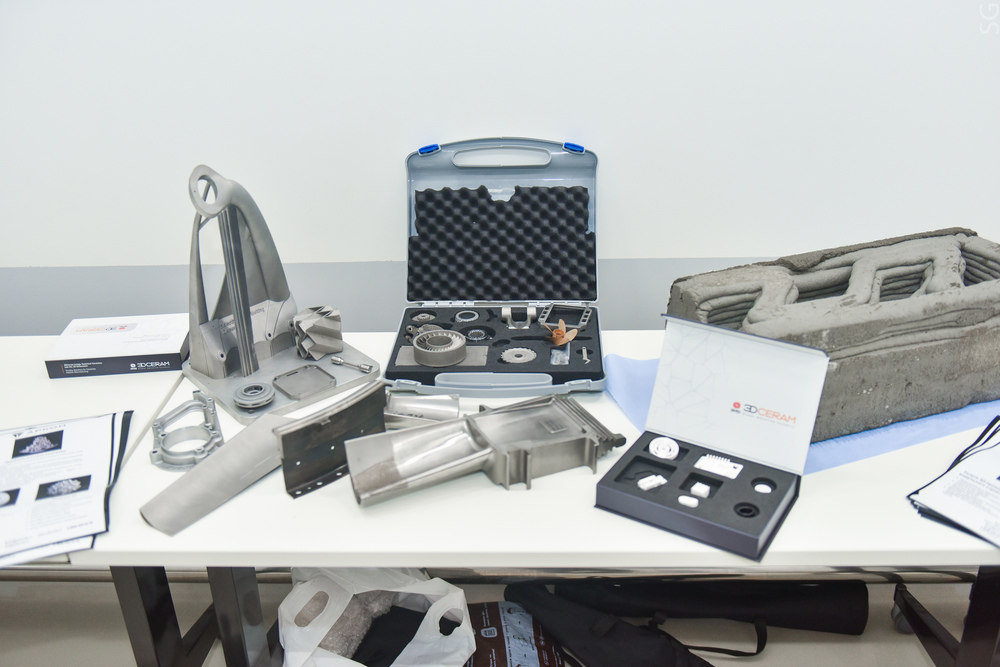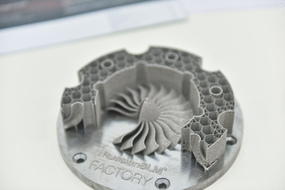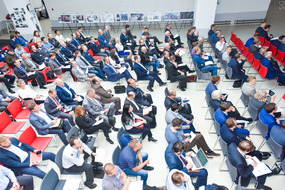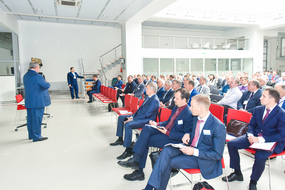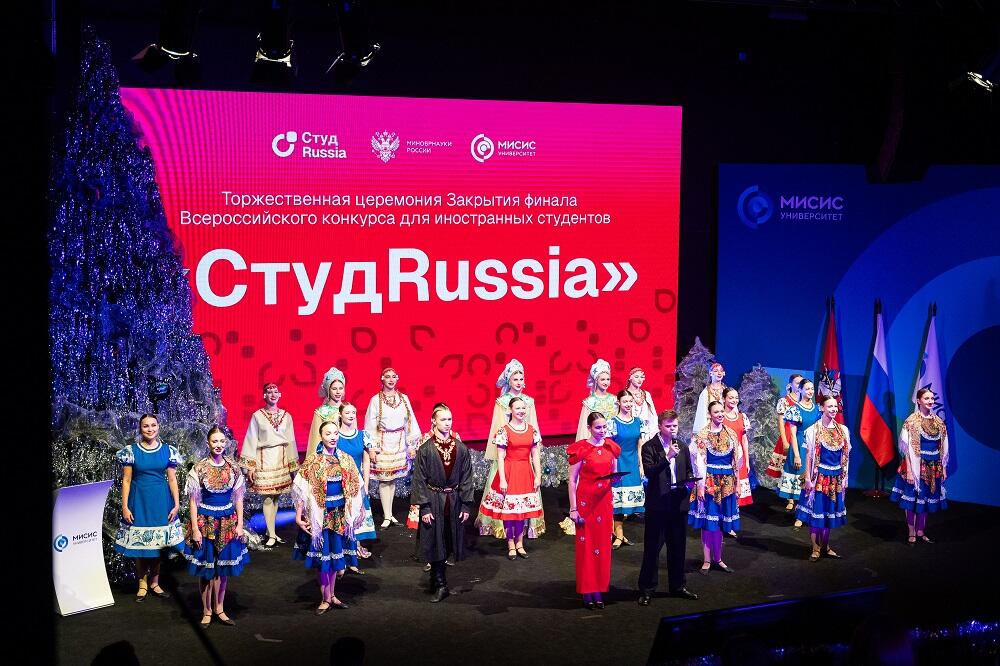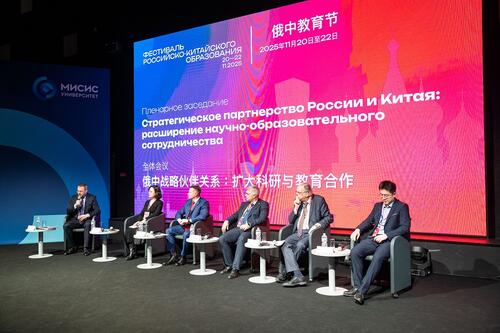The Russian market of additive technologies may exceed 6 billion rubles in 2018, experts said at the meeting of the Coordination Council of the State Corporation Roscosmos, held by NUST MISIS and the Institute of Light Materials and Technologies. The expanding use of additive technologies in the aerospace industry was the main topic of the conference. According to experts, the domestic market for additive technologies is growing by an average of 20% every year. Thus, in 2017, the market amounted to about 5.3 billion Rubles, and by the end of 2018 it is expected to exceed 6 billion Rubles.
Before the conference, participants were shown the capabilities of the Institute of Light Materials and Technologies’ Testing Center’s modern laboratories. The labs there are equipped with unique facilities and can conduct a full range of studies of new materials and resulting composites, including metallographic, chemical analysis, and tests on mechanical, physical and corrosion properties.
Over the past several years, there has been a significant leap in the development of additive technologies in Russia, including the development of new materials, the creation of domestic equipment and the formation of regulatory framework. RUSAL Company plants have already mastered the production of powders for 3D printing and have already carried out serial deliveries. The production’s quality is noted by the positive responses from the world`s leading manufacturers of 3D printers.
“In just two years of active work, alloys for 3D printing with a unique set of properties have been developed at the Institute of Light Materials and Technologies. Jointly with RUSAL, we are working on further expanding the product line and improving engineering solutions for additive manufacturing, which will be primarily in demand in the aerospace industry”, said Roman Vakhromov, Director of Research at the Institute of Light Materials and Technologies.
Analysts estimate that by 2025, the technology of additive manufacturing will displace traditional manufacturing methods for up to 25% of the parts made for the aerospace industry. Up to 50% of the parts produced through stamping in high-tech mechanical engineering industries may be replaced by 2025 as well.
As the participants of the conference noted, additive technologies are the most dynamically developing field in the industry. Cost reduction and ensuring the possibility of manufacturing parts and their rapid replacement in the real world are the issues where additive technologies can be a decisive link for the development of Russian science. Most importantly, the automotive and aerospace industries are ready to cooperate, and the pool of developers for integrated solutions is constantly expanding.
